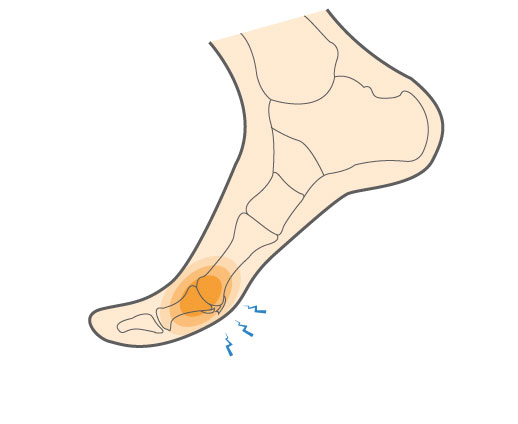Turf toe is a common name given to a sprain of the ligaments of the metatarsal-phalangeal (MTP) joint, the largest joint of the big toe.
There are three grades of severity of turf toe:
- Grade 1: The tendons surrounding the MTP joint have been stretched out, causing tenderness and swelling.
- Grade 2: A partial tear of one or more of the tendons surrounding the MTP joint has occurred, causing swelling in addition to limited and painful movement of the toe.
- Grade 3: One or more ligaments of the MTP joint are completely torn, making it very difficult to move the toe. Grade 3 injuries are often accompanied by severe swelling and bruising.


